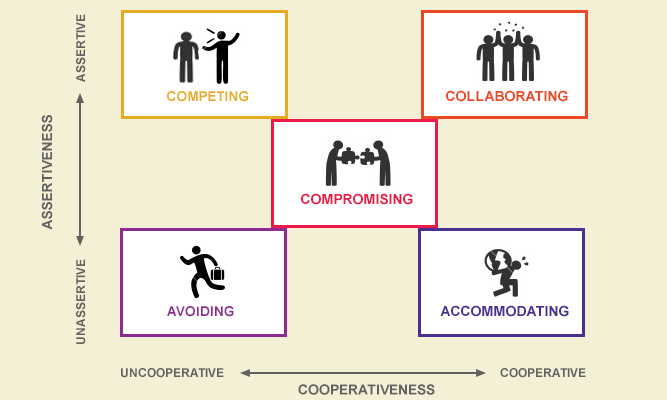Conflict Management Styles
Mar 27, 2023
This paper discusses four common conflict management styles and their respective strengths and weaknesses. The first style is called Competing, which involves someone aggressively pursuing their own interests while disregarding the needs of others. This approach can be effective in situations where quick action is needed or a decision must be made quickly, however it can lead to resentment amongst stakeholders if not implemented carefully.
The second style is Accommodating, which involves one party giving up their own interests in order to satisfy the other party's goals. This approach works well when the outcome is more important than maintaining a good relationship between parties, but it can also result in one party feeling taken advantage of if it’s used too often.
The third style is called Avoiding, which is when someone chooses to ignore or delay a conflict in hopes that it will go away. This approach works well when the issue at hand isn’t important enough to merit addressing, but it can backfire if the issue becomes more pressing and the problem remains unaddressed.

The fourth and final style is called Collaborating, which involves both parties working together towards a mutually beneficial solution. This approach requires both parties to be open-minded and willing to compromise, but it usually results in higher satisfaction for all involved because everyone feels like their needs have been met.
Overall, each conflict management style has its own strengths and weaknesses which must be carefully considered before a decision is made on how to proceed. It’s important to remember that each style has its place and should be used appropriately, depending on the situation at hand. Understanding which approach is most suitable for a given conflict can help ensure successful resolution of the issue.
